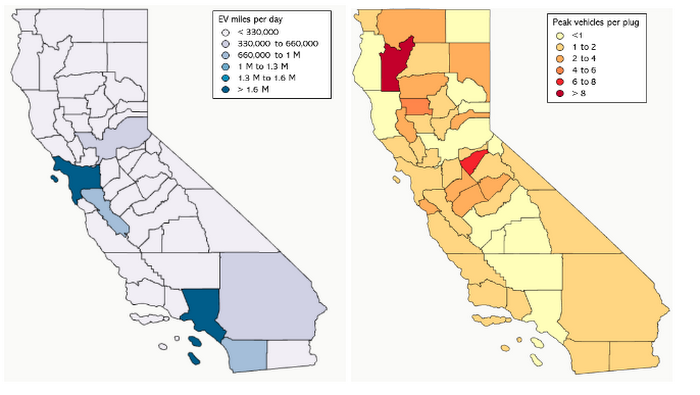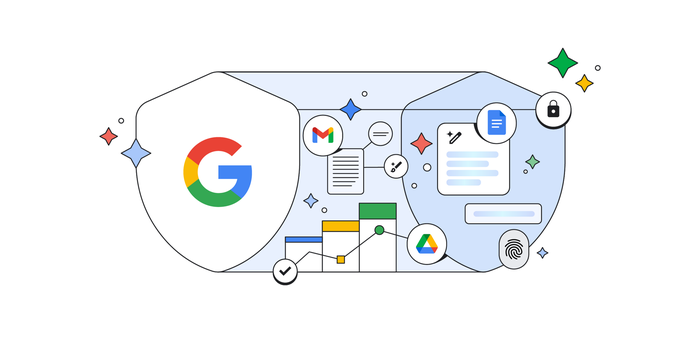Purdue University: Making electric vehicle investments more equitable
Chris Daugherty
Strategy and Sales Lead, Education, Google Public Sector
Over the next five years, the U.S. government will invest approximately $7.5 billion to expand access to electric vehicle chargers across the country to support climate resilience and improve air quality. But have you ever wondered where electric vehicle chargers are needed most?
Even as many rural counties see an uptick in electric vehicle miles traveled, a limited number of public charging options are available. A team of researchers at Purdue University’s Joint Transportation Research Program (JTRP) investigated which rural areas would be the best candidates for electric vehicle chargers. The JTRP team is no stranger to answering big transportation questions, and their prior research includes the improvement of road safety and traffic signal systems using connected and autonomous vehicle data.
To start, the researchers leveraged Google Cloud’s BigQuery and BigQuery GIS because of their support for public datasets and geospatial analytics . With these tools, JTRP Principal Research Analyst Howell Li partitioned 184 billion connected vehicle records into rural and urban regions. Subsequent analysis, by state, of 24 million electric vehicle miles traveled, provided insights into battery-electric and hybrid-electric usage, occupancy, and locations of charge deserts between cities. This information is important to help governments identify which communities are most underserved.
Connected vehicle data is emerging as our best source of data for government agencies to make infrastructure investments, but these data sets are enormous.
Darcy Bullock, Director of the JTRP at Purdue University
“BigQuery’s public datasets provide scalable tools for conducting this analysis, which we believe is a model for how government agencies can cost-effectively harness powerful insights of connected vehicle data.” Darcy Bullock, Director of the JTRP at Purdue University.
One such example of leveraging BigQuery’s public datasets to conduct analysis is in the State of California. The California Air Resources Board voted to approve the Advanced Clean Cars II Regulation which will require all new vehicles sold in California to be zero emissions by 2035, but a gap exists between access to charging stations in rural areas when compared to urban areas (see below).


Left map shows the number of electric vehicle miles traveled per day, and the right map shows the chargers available per vehicle. Source: CARTO Map
By using the public datasets and electric vehicle data, the team of researchers is highlighting areas in states where electric vehicle chargers would be most beneficial. “Our analysis of the data has shown that it can be ten times less likely to find a charging plug during peak hours in rural counties than in urban areas such as Los Angeles,” says Jijo Mathew, transportation research engineer at Purdue University.
The results of the research, which identified 15 exits on Indiana interstates, is one of the factors being used to determine the placement of new Level 3 DC Fast Charge station locations across the country and were incorporated into the Indiana’s State EV Implementation Plan as part of the National Electric Vehicle Infrastructure (NEVI) program. In July 2022, the plan was submitted to the Joint Office of the U.S. Departments of Energy and Transportation.
Currently, agencies across the country are working on tight schedules to propose electric vehicle charging infrastructure deployment plans to the U.S. Department of Transportation. The increasing availability of real-world electric vehicle data, and the ability to intersect that data with widely available public datasets, enables stakeholders to make data-driven decisions for equitable multi-million dollar investments
Jairaj Desai, Transportation Research Engineer, Purdue University
Research by the JTRP is conducted with Google Cloud regions, meaning all energy usage is matched 100% with renewable energy on an annual basis, furthering the impact that the team hopes their research will have on reducing carbon emissions across the country.
To learn more about how your team can get started with tools to accelerate your next groundbreaking discovery, contact our team.



